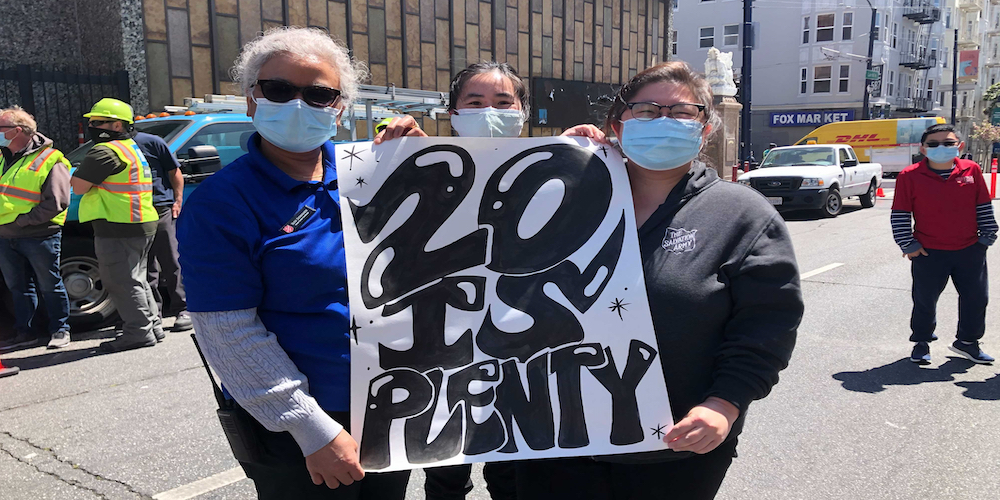diplomat33
Average guy who loves autonomous vehicles
The faster Tesla progresses, the faster the other fsd developers' houses of cards start to crumble. It'll be a sad day when we all start to realize they were just mostly hollow marketing companies; no offense to them though, as FSD is such a difficult problem, and they needed to keep the hype going to fund their development.
Tesla is the one with L2 that needs constant driver supervision. Waymo and others are the ones with actual driverless cars!
You have it backwards, Tesla is a lot of hype and marketing from the beginning (see 2016 video) and Elon needs to keep it going to fund development.
Think about it: who is hyping robotaxis and has none? Tesla. Who is hyping L5 and only has L2? Tesla. Who has actual robotaxis on public roads today? Waymo.
On the other hand, Waymo, Cruise and others are making real progress and solving real FSD. Waymo went from 1 disengagement per 1,500 miles in 2015 to 1 disengagement per 30,000 miles in 2020. That's progress towards "solving FSD"!

That is a definite trend that shows Waymo's FSD is getting better and better.
Of course, I can be wrong about all of this, but I'll definitely admit my mistake if so
Yes, you are most definitely wrong. You will see as Waymo, Cruise, and others launch robotaxis services to more and more areas in the coming years.
Last edited:



/cdn.vox-cdn.com/uploads/chorus_asset/file/9933153/waymoCastle_28.jpg)
